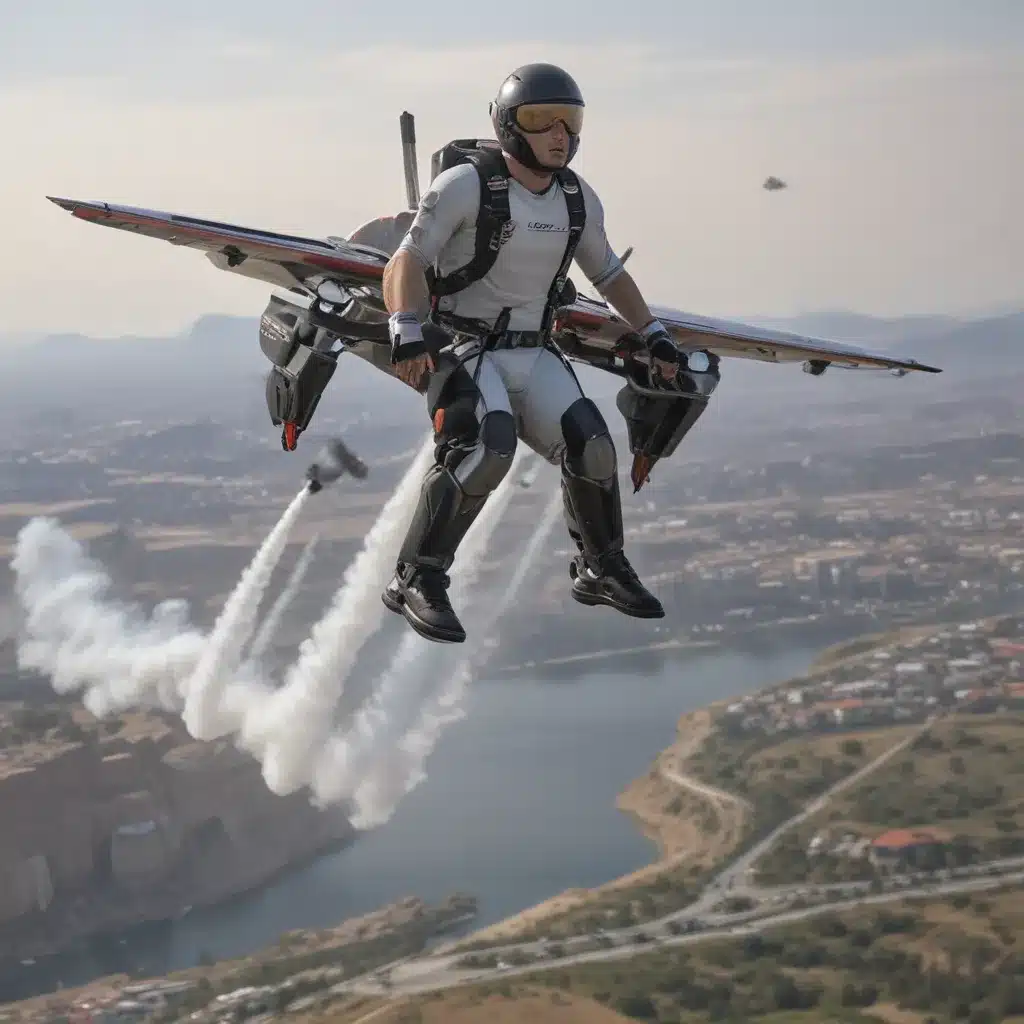
The Dream of the Skies
For as long as I can remember, the dream of zipping through the skies in our own personal flying machines has captured the imagination of humanity. From the Buck Rogers comics of the 1920s to the jetsetting Jetsons family, the allure of leaving the clogged streets and congested highways behind, soaring freely above the treetops, has seemed like the ultimate in futuristic freedom.
As the BBC reported, the 1982 film Blade Runner painted a vivid picture of this aerial utopia, with its crowded skies full of “skimmers” – flying cars that zipped along “aerial highways.” And who hasn’t daydreamed of donning a jetpack à la James Bond and rocketing to their destination, leaving the plodding commuters far below in a cloud of digital exhaust?
Alas, for those of us who came of age in the late 20th century, that future has always seemed frustratingly out of reach. We watched, slack-jawed, as the deadlines set by science fiction authors and filmmakers ticked by without a single flying car or jetpack appearing in our suburban driveways. What gives, 22nd century? Where are our promised personal airborne vehicles?
The Rise of VTOL
Well, dear readers of the future, I’m here to tell you that the dream of the skies is very much alive – it’s just taking a different, and in many ways more practical, form. Over the past decade, a wave of companies have been pouring billions into the development of a new breed of flying machines: electric Vertical Take-Off and Landing (eVTOL) vehicles.
As the BBC explains, these aircraft are designed to offer faster, more efficient commutes than traditional ground-based transportation, especially in traffic-choked urban areas. Unlike the clunky, gas-guzzling jetpacks of old, these sleek, whisper-quiet eVTOLs are powered by advanced electric propulsion and automated navigation systems.
Companies like Volocopter, SkyDrive, and Lilium are leading the charge, unveiling prototype “air taxis” that they hope will one day whisk passengers from rooftop to rooftop with the tap of an app. As Mashable reports, these eVTOLs may not look exactly like the flying cars we imagined, but they’re getting closer to that sci-fi dream every day.
The Challenges Ahead
Of course, as with any revolutionary new technology, the path to making eVTOLs a mainstream reality is not without its obstacles. The BBC highlights the daunting task of developing the necessary infrastructure, from specialized “vertiports” to automated air traffic control systems, to safely accommodate swarms of flying vehicles in the skies above our cities.
And then there’s the challenge of convincing a naturally cautious public that these machines are truly safe and reliable. As Mashable points out, the specter of 9/11 has cast a long shadow over the dream of personal flight, with regulators and security agencies understandably wary of the potential for misuse.
Not to mention the sheer cost of these high-tech aerial vehicles. Even the most affordable eVTOL models are likely to carry price tags that put them firmly out of reach for the average consumer. At least for now. As Reuters reports, the industry is banking on economies of scale and technological advancements to drive those costs down over time.
The Future is (Almost) Here
So, where does that leave us in the 22nd century? Will the skies above our cities truly be filled with flying cars and personal jetpacks, as imagined in those old science fiction tales? Well, if the progress of the past decade is any indication, the answer is a resounding “maybe.”
The team at itFIX certainly believes that eVTOLs and other advanced aerial mobility solutions will play a significant role in shaping the future of transportation. After all, the ability to quickly and efficiently move people and goods from point A to point B, without being constrained by the limitations of ground-based infrastructure, is a powerful proposition.
At the same time, I suspect that the flying car of our dreams may remain firmly in the realm of fantasy. The regulatory hurdles, safety concerns, and sheer cost of these technologies suggest that they’re more likely to be niche products for the wealthy and adventurous, rather than the ubiquitous mode of transport we once envisioned.
But who knows? Maybe one day, I’ll be able to strap on a sleek, electric jetpack and soar over the rooftops of our bustling 22nd-century cities, leaving the traffic-choked streets far below. A guy can dream, can’t he?












